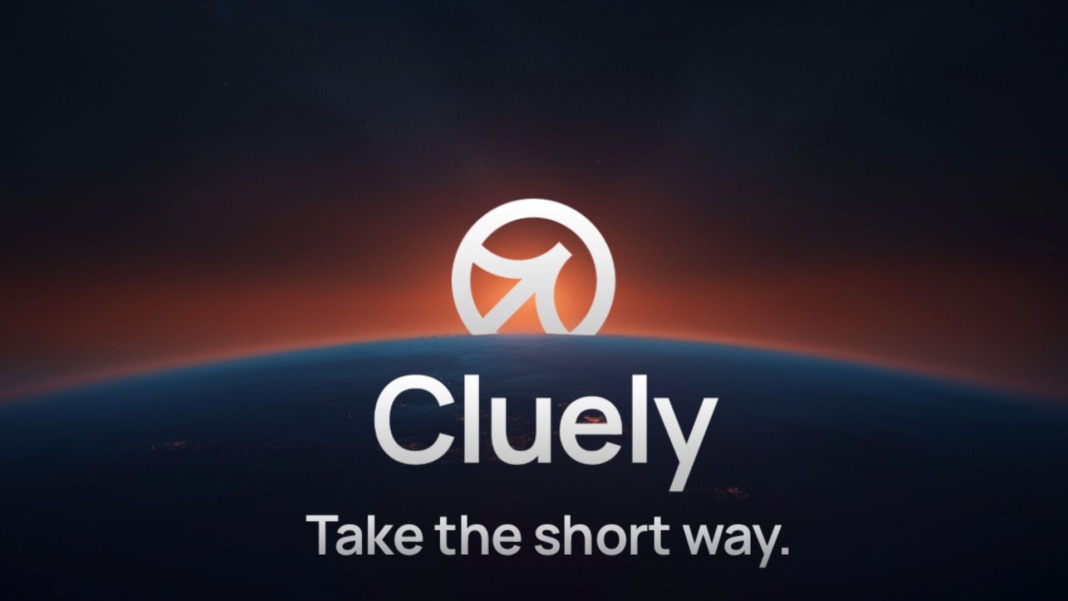On April 29, Meta hosted its first-ever AI developer conference, LlamaCon, at its Menlo Park, California headquarters. You saw the tech giant take a bold step into the AI space by unveiling two major products: a consumer-facing Meta AI chatbot app and a new API that gives developers access to its Llama models in the cloud.
These tools are designed to boost the use of Meta’s Llama AI models. But behind the scenes, Meta appears to be aiming for more than just wider adoption—it’s trying to take on one of its biggest rivals, OpenAI. While OpenAI has kept its technology under tight control, Meta is pushing for a more open AI environment where tools are shared and freely developed by the tech community.
For example, the Meta AI chatbot app offers more than a simple chat tool. It includes a social feed where you can share your conversations with AI, much like posting on a social network. The responses you receive from the chatbot are tailored to your activity across Meta’s platforms, creating a more personal and interactive experience.
On the developer side, the new Llama API directly challenges OpenAI’s API offerings. With Meta’s version, developers can connect to Llama models in the cloud using a single line of code. This makes it much easier to build AI-powered applications without needing to work through third-party cloud services. Meta’s move also gives developers access to more tools and a smoother experience as they work on building next-generation apps.
Meta aims for OpenAI’s dominance
Meta’s desire to outshine OpenAI isn’t new. Legal filings from past cases have revealed that Meta executives were once intensely focused on outperforming OpenAI’s GPT-4, which was considered a leading AI model at the time. In a letter from July 2024, Meta CEO Mark Zuckerberg highlighted the company’s unique approach by saying, “Selling access to AI models isn’t [Meta’s] business model.”
Instead of selling access, Meta prefers to offer its AI technology more openly. This attitude sets it apart from companies like OpenAI, which limit their models to paid services. Meta’s strategy is to grow a community of developers and researchers who can freely use and improve Llama models, encouraging faster progress and wider use.
Some AI experts hoped Meta would unveil a strong reasoning model to compete with tools like OpenAI’s o3-mini. While that didn’t happen, Meta seems less concerned with beating its rivals model by model and more focused on building a broader, open AI ecosystem.
An open future for AI development
During a panel at LlamaCon, Zuckerberg sat down with Databricks CEO Ali Ghodsi to discuss the future of AI. He shared his belief that open-source models offer more flexibility and power to developers. He pointed out that you can use parts of different models—like DeepSeek or Qwen—to get the best results for your needs.
“Part of the value around open source is that you can mix and match,” Zuckerberg said. “This is part of how I think open source passes all the closed source [models] in quality. It feels like sort of an unstoppable force.”
There may be another reason behind Meta’s open model push. The EU’s AI Act gives special privileges to companies offering “free and open source” AI systems. By positioning Llama this way, Meta could qualify for those benefits. However, there’s debate about whether Llama models truly meet the EU’s definition of open source.
Even if Meta doesn’t always release the most advanced models, the company is betting on shaping AI’s future through openness. It’s not just about building better tools—it’s also about setting the rules for how AI should be developed and shared.





